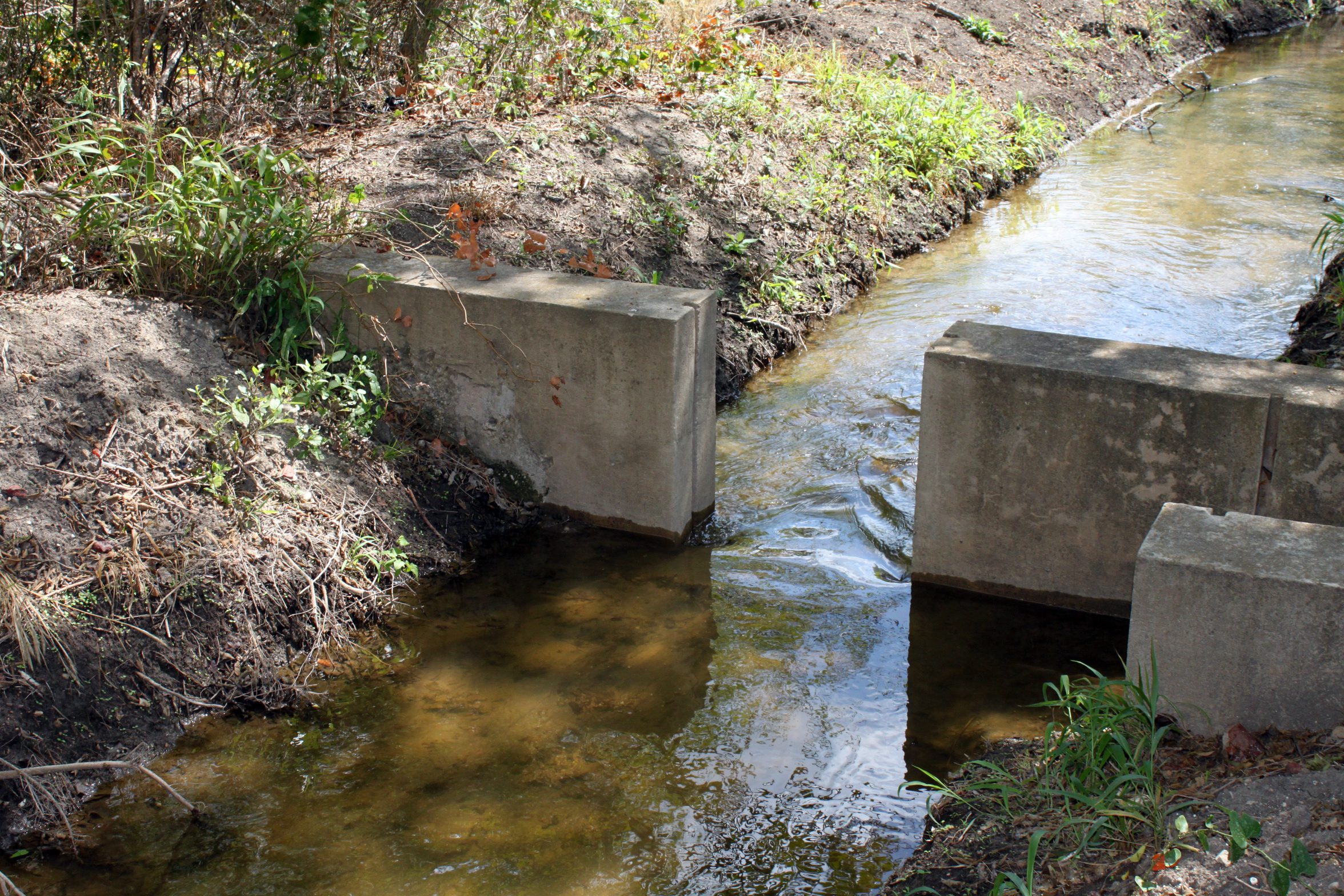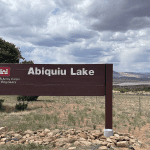- USDA announces water-saving initiatives to support Western agriculture.
- $60 million dedicated to Tribal and acequia irrigation projects.
- 18 irrigation districts sign agreements to reduce water use.
- Projects aim to save up to 50,000 acre-feet of water.
- Farmers will receive payments for conserving water while growing crops.
November 28, 2024 — To combat drought and promote sustainable farming, the United States Department of Agriculture (USDA) announced last week a series of water-saving initiatives aimed at supporting agricultural communities across the Western United States. Agriculture Secretary Tom Vilsack unveiled the next steps and selections within the USDA’s Water-Saving Commodities program, which is designed to reduce water losses while maintaining commodity production.
a series of water-saving initiatives aimed at supporting agricultural communities across the Western United States. Agriculture Secretary Tom Vilsack unveiled the next steps and selections within the USDA’s Water-Saving Commodities program, which is designed to reduce water losses while maintaining commodity production.
New Funding for Tribal and Acequia Irrigation Projects.
The USDA is dedicating $60 million to support water-saving efforts among Tribal communities and acequias—community-operated irrigation systems—in the Southwest. Specifically, $45 million is allocated for Water-Saving Commodities assistance to help Tribal communities with Bureau of Indian Affairs (BIA) Irrigation Projects. These investments will help strengthen irrigation practices in areas severely impacted by drought.
The BIA Irrigation Projects initially selected for funding are:
- Colorado River Indian Irrigation Project in Arizona.
- San Carlos Irrigation Project in Arizona.
- Navajo Indian Irrigation Project in New Mexico.
Reflecting on the importance of these initiatives, the Gila River Indian Community stated , “The Gila River Indian Community is grateful to be working with USDA on multiple water saving strategies within the San Carlos Irrigation Project service area. This relationship is highly valued in that it supports tribal growers seeking to reclaim their agricultural economy and way of life.”
, “The Gila River Indian Community is grateful to be working with USDA on multiple water saving strategies within the San Carlos Irrigation Project service area. This relationship is highly valued in that it supports tribal growers seeking to reclaim their agricultural economy and way of life.”
In addition, $15 million is earmarked for partnerships with the Colorado and New Mexico State Associations of Conservation Districts to assist acequias. These traditional irrigation systems supply water to crop fields and help replenish rivers, wetlands, and groundwater. The funding aims to enhance existing cooperative efforts to provide education, outreach, and technical services needed to keep production up while responsibly utilizing water resources during drought conditions.
Agreements with Irrigation Districts.
Building on efforts initiated in August, the USDA has entered into formal agreements with 18 irrigation districts to implement water-saving strategies. These districts were selected based on commodity production and water management criteria, leveraging data from the Department of the Interior’s Bureau of Reclamation to ensure close alignment and partnership.
The districts include:
- Black Canyon Irrigation District, Idaho.
- Brooklyn Canal Company, Utah.
- Central Oregon Irrigation District, Oregon.
- Central Arizona Irrigation and Drainage District, Arizona.
- Corcoran Irrigation District, California.
- East Columbia Basin Irrigation District, Washington.
- Elephant Butte Irrigation District, New Mexico.
- Glenn–Colusa Irrigation District, California.
- Greybull Valley Irrigation District, Wyoming.
- Hidalgo & Cameron Counties Irrigation District 9, Texas.
- Huntley Project Irrigation District, Montana.
- Imperial Irrigation District, California.
- Maricopa–Stanfield Irrigation and Drainage District, Arizona.
- Palisade Irrigation District, Colorado.
- Quincy Columbia Basin Irrigation District, Washington.
- Solano Irrigation District, California.
- Sutter Mutual Water Company, California.
- Truckee-Carson Irrigation District, Nevada.
Up to $15 million in eligible payments may be disbursed through these agreements for water-saving activities by irrigation districts and eligible producers within their water delivery area. Participating producers will receive payments from the irrigation districts for voluntarily reducing water losses while maintaining commodity production.
Goals and Expected Outcomes.
These Water-Saving Commodities partnerships are expected to conserve up to 50,000 acre-feet of water across 250,000 acres of irrigated land in production. The initiative aims to reduce water usage and seeks to expand and create new, sustainable market opportunities for farmers.
“The United States is experiencing the devastating and unpredictable effects of climate change, and in the West this often means grappling with drought and limited water availability, the staggering effects of which our agricultural communities feel first-hand,” Secretary Vilsack said . “In doing everything we can to support the health of American agriculture and our natural resources, we are leveraging this effort and the expertise in the western irrigation districts, tribes, and acequias to help not only our producers, but also the American consumer.”
. “In doing everything we can to support the health of American agriculture and our natural resources, we are leveraging this effort and the expertise in the western irrigation districts, tribes, and acequias to help not only our producers, but also the American consumer.”
Customized Water Conservation Strategies.
The specific strategies for water conservation will be determined by the producers’ needs and may include irrigation improvements, shifts in management practices, changes in cropping systems, and other innovative approaches. The USDA plans to learn from the diversity of strategies used and identify additional opportunities to maintain and expand water-saving commodity production.
Irrigation districts and participating producers will commit to ensuring continued commodity production in areas where drought impacts water supplies. Work plans are being developed to describe the water-saving strategies and activities being funded, commodities to be produced, specific budgets, and methods for quantifying water savings.
An Integrated Approach to Drought Management.
This effort is part of a larger all-of-government approach to address drought throughout the West. In regions like the Colorado River, Rio Grande, and Deschutes River basins, this integrated approach and partnership with local farmers are crucial in ensuring a more sustainable and resilient future for rural communities.
For more information, visit the USDA’s Water-Saving Commodities program webpage .
.




Leave a Reply